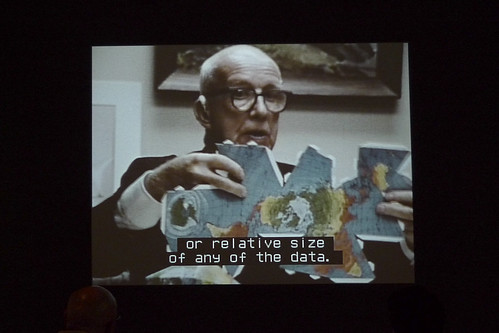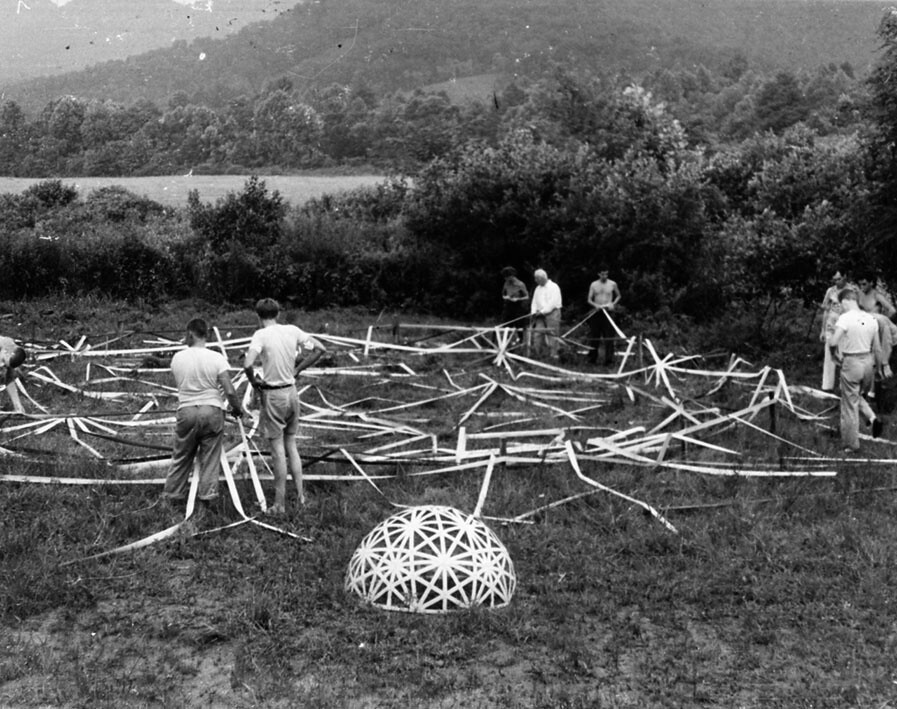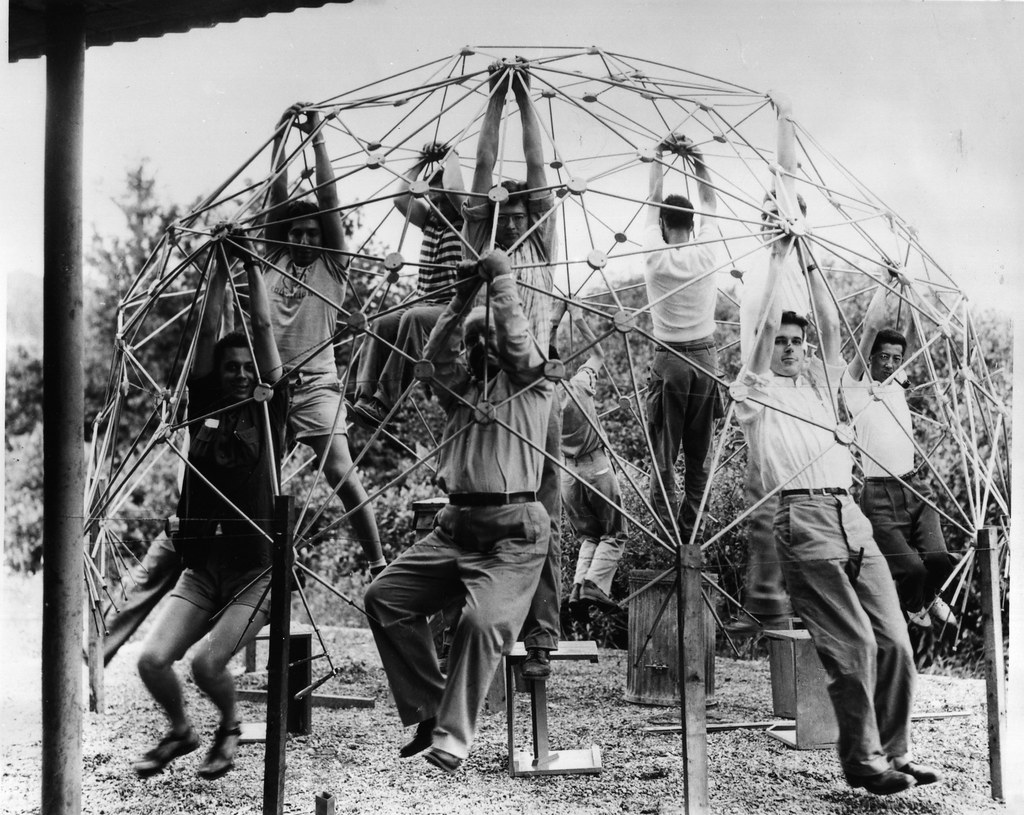Electronic creativity has always embraced futurism – not uncritical futurism, but visionary imagination that leads out of apocalypse and dystopia. So there’s no time like the present for someone like Buckminster Fuller.
Fuller gave his “Everything I Know” lectures in two weeks in January 1975. All 42 hours are online, in video form and text transcripts.
This is how presentations should be done. Yes, he went through his work, covering the likes of his famed Dymaxion house and car (and bathroom!) and those iconic geodesic domes. But even in an age when you couldn’t just look up someone’s portfolio online, these were obviously fresh takes on his lifelong fascination in deeper themes of architecture, design, philosophy, mathematics, and how to engineer a better world.

And it’s that sense where Fuller’s approach might be most relevant today – not the answers he found, some of which date better than others, but the questions he asked and the way in which he asked them.
At a time when humans face a unique existential challenge to our survival, maybe it’s time to toss disciplines (as Fuller did), or at least bring them together. And the kinds of exercises Fuller designed, which incorporated questions of self-sufficiency and survival, might be even more vital to our thinking than they were a year ago. Those approaches tended to the, how shall we say, unconventional:
The first exercise—called “Who Are You and What Are You Thinking?”—simply dropped them off in the isolated wilderness for three days with just $10 and an emergency whistle. The idea was to understand through their absence the human extensions that they would be designing for the rest of their lives.
R. Buckminster Fuller: Southern Illinois University of Carbondale, article at Radical Pedagogies
In a way, actually, it’s too bad that early techno music embraced the Tofflers and their eventually conservative corporate-friendly Future Shock and not someone like Fuller who might overthrow some of those same power structures, but … hey, the night is young.


Fuller’s beauty is that his work is relentlessly experimental, and ultimately his philosophy of the human is built on that notion. From the opening of this series:
All humanity has always been born naked, absolutely helpless, for months, and though with beautiful equipment, as we learn later on, with no experience, and therefore, absolutely ignorant. That’s where all humanity has always started. And we’ve come to the point where, in our trial and error finding our way, stimulated by a designed in hunger designed in thirst these are conscious inputs; designed in procreative urge we have such an enormous amount of, as we learn later on, of designed in automated processing of the inter-relationships of all the atoms in our organism, starting then, with a consciousness of the hunger, giving a drive to go after…to seek to experiment. Man having, then, no rulebook, nothing to tell him about that Universe, has had to really find his way entirely by trial and error. He had no words and no experience to assume that the other person has experience.
Session 1 / Part 1
He even devised the term synergetics, which became the later corporate-abused “synergy.” But let’s stick to tensegrity – beautiful as it’s adaptable and can theoretically become stronger as you pull something apart, but you can read up on it. (I recall reading about one Bucky-ist exercise that involved engineering in such a way as to allow a structure to fall apart, then adapt and build from there, in an effort to encourage maximal strength from minimal resources.)
I think the last thing the world needs is more hero worship or dead white guys. But Fuller’s thinking is the kind that makes you want to run out into the wilderness and, you know, build a geodesic dome or something. It’s the kind of elderly wisdom we need – the wisdom to toss all the elderly wisdom and do something.
And some of the templates here, for treating survival as an engineering problem, have clear implications to people even with a background in media tech or electronic music invention. (As it happens, I’m working on the calls for two more MusicMakers Hacklabs now, so some of you will get drafted into that mission.)
It’s lovely watching through, or reading through, or doing a needle drop on any of this material.
What to do next? Well, we’re all naked and none of us knows the rules. So let’s try something.
Article and context from 2012: Everything I Know: 42 Hours of Buckminster Fuller’s Visionary Lectures Free Online (1975) [openculture]
https://www.bfi.org/about-fuller/resources/everything-i-know [Text archives]
https://archive.org/search.php?query=collection%3Abuckminsterfuller&sort=-publicdate [full downloadable videos, Internet Archive]
[Buckminster Fuller Institute is the one authorized and complete source for this information]
There’s also this documentary: https://buckminsterfullerfilm.com/
At top/featured image: “R. Buckminster Fuller holds up a Tensegrity sphere. 18th April, 1979.” by POET ARCHITECTURE is licensed under CC PDM 1.0